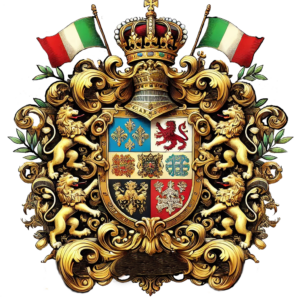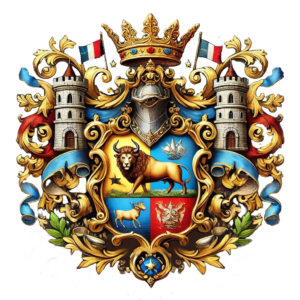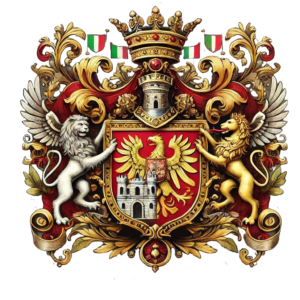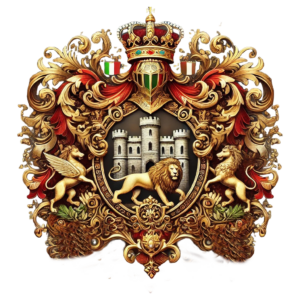Origins and Power Base
In the early Middle Ages, the Italian nobility emerged from the remnants of the Roman Empire and the Germanic conquerors who ruled the land after the fall of Rome. Many noble families traced their status back to Lombard, Frankish, or Norman conquerors who, after various military victories, were granted land in Italy and established power centers. Most noble families owned land and castles, from which they controlled the surrounding areas and collected taxes from the peasant population.
The Role of the City-States
The influence of the nobility was particularly strong in the Italian city-states such as Florence, Venice, Genoa, and Milan. Here, a special form of urban aristocracy developed, one that gained power not only through land ownership but also through trade, finance, and political influence. These patrician families, such as the Medici in Florence or the Visconti in Milan, developed enormous economic and political power. In many city-states, these families held actual control over the government, often in the form of oligarchies or by electing a family member as the city’s ruler or podestà.
Ecclesiastical Nobility and the Papacy
Another important branch of the Italian nobility was the ecclesiastical nobility, closely tied to the papacy. Noble families like the Orsini and Colonna held key positions within the Catholic Church, and it was not uncommon for popes to come from influential noble families. These families often controlled vast lands in the Papal States and had significant influence on papal politics and religious matters.
Conflicts and Rivalries
The Italian nobility was frequently involved in violent conflicts and rivalries. These disputes, often known as the “Guelphs” and “Ghibellines” battles, reflected the political tensions between supporters of the papacy (Guelphs) and the Holy Roman Empire (Ghibellines). Noble families allied themselves with these factions to secure or expand their power.
Overall, the Italian nobility in the Middle Ages played a crucial role in the political fragmentation of the country, but they also contributed to the cultural and economic flourishing that would later lead to the Renaissance.





